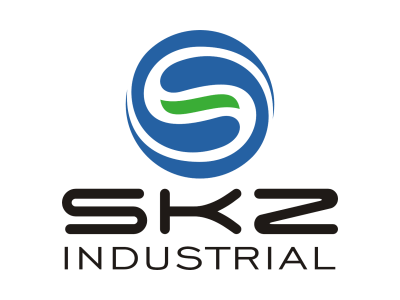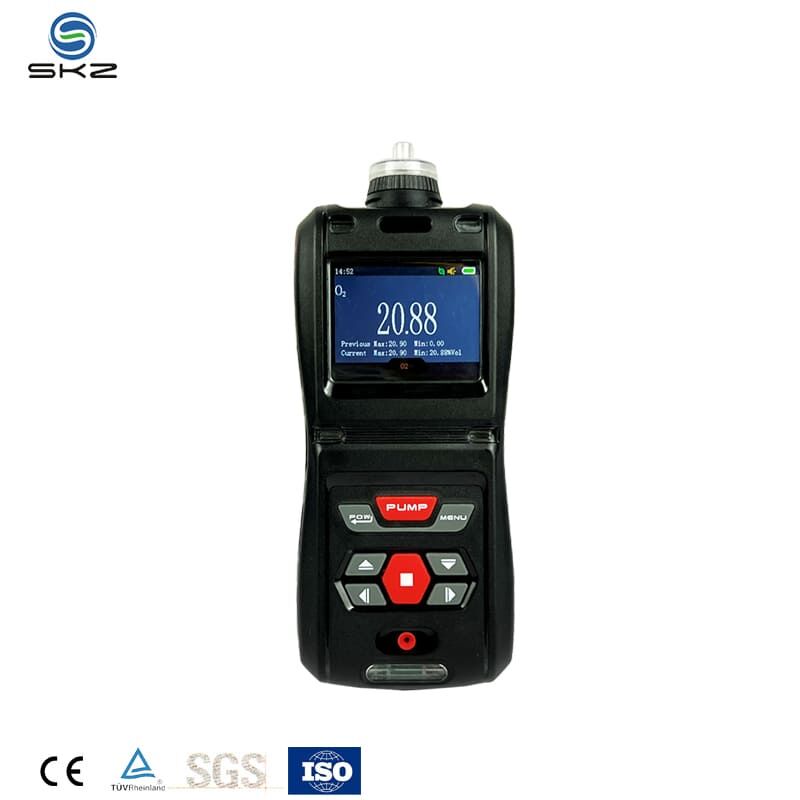Critical Risks of Gas Hazards in Industrial Facilities
Flammable Gas Accumulation in Confined Spaces
Flammable gases pose significant risks in confined spaces due to the potential for explosive conditions. These gases, such as methane, propane, and hydrogen, can accumulate in restricted environments, thereby elevating the risk of ignition and explosion. Statistics reveal that approximately 50% of industrial fatalities are related to gas hazards in confined spaces, emphasizing the crucial need for detection systems to prevent such events. Each of these gases presents unique risks that necessitate tailored detection strategies to ensure the safety of workers and equipment.
Toxic Exposure Risks in Chemical Processing
Chemical processing facilities frequently grapple with the dangers associated with toxic gases like hydrogen sulfide, ammonia, and chlorine. These gases have the potential to cause severe health issues for workers if exposure levels are not adequately monitored. According to OSHA, an estimated 2 million workers in the U.S. are exposed to hazardous chemicals annually, highlighting the widespread risk of toxic exposure. Portable gas detectors serve as an essential tool in these environments by providing real-time monitoring and alarm systems to prevent exposure incidents before they pose a significant threat.
Oxygen Deficiency Scenarios
Oxygen deficiency scenarios are critical concerns in settings like confined spaces or areas with substantial gas accumulation. The danger arises when oxygen levels drop dangerously low, often leading to unconsciousness within minutes without prompt detection. NIOSH points out that oxygen levels below 19.5% can be hazardous, which further reinforces the need for reliable monitoring systems. In these environments, accurate detection equipment becomes imperative to safeguard worker safety by ensuring timely intervention and preventing life-threatening situations.
Key Benefits of Portable Gas Detection Technology
Real-Time Monitoring for Dynamic Work Environments
The importance of real-time gas monitoring in rapidly changing industrial environments cannot be overstated; it is essential for ensuring worker safety. Portable gas detectors equipped with wireless sensors facilitate continuous data transmission, allowing for immediate assessment of potential risks. Such technology empowers workplaces to act swiftly, preventing gas exposure incidents before they become hazardous. Studies have shown that real-time monitoring can significantly reduce the risk of accidents related to gas exposure, highlighting its indispensable role in safeguarding personnel from volatile gas hazards.
Emergency Response Coordination Capabilities
Portable gas detectors play a pivotal role in integrating with emergency response systems, enabling coordinated actions during gas leak incidents. These detectors come with advanced features such as alarm settings and alerts, designed to notify first responders quickly and efficiently mitigate hazards. There have been multiple real-world instances where the effective use of portable gas detectors in emergency response scenarios has saved lives. By ensuring timely communication and collaboration during crises, these devices become indispensable tools for safeguarding industrial facilities from dangerous gas leaks.
Cost-Effective Compliance Maintenance
Implementing portable gas detection technology can help businesses maintain compliance with increasingly stringent safety regulations, potentially avoiding costly fines. Preventing gas-related incidents is not only a regulatory requirement but also a cost-saving measure in the long run. Portable gas detectors' durability and longevity further contribute to reduced operational costs by minimizing maintenance needs. By investing in reliable detection solutions, companies not only adhere to safety standards but also optimize their expenditure, making these devices a wise financial decision.
Regulatory Compliance & Safety Standards Enforcement
OSHA Requirements for Atmospheric Testing
Occupational Safety and Health Administration (OSHA) regulations mandate atmospheric testing to ensure workplace safety. Employers are required to use gas detectors for specific gases, such as hydrogen sulfide and carbon monoxide, to comply with these standards. Adherence to these OSHA regulations significantly reduces workplace accidents, demonstrating their critical importance in maintaining a safe environment for employees. The enforcement of safety standards is not only a legal obligation but also a proactive measure in preventing hazardous incidents.
Global Certification Standards for Gas Detectors
Various international standards, such as IECEx and ATEX, govern the use of gas detection equipment globally. These certifications ensure that businesses utilize reliable and safe gas detectors, providing an added layer of safety enforcement. Industry reports consistently indicate that adherence to these global standards enhances operational efficacy and the overall reliability of the devices. Compliance with these certifications is essential for safeguarding employees, ensuring business continuity, and upholding quality safety practices worldwide.
Essential Features for Modern Portable Gas Detectors
Multi-Sensor Detection Capabilities
One of the essential features of modern portable gas detectors is their multi-sensor detection capabilities. This ability allows a single device to simultaneously monitor multiple gas types, such as carbon monoxide, methane, and hydrogen sulfide, enhancing safety coverage in complex environments. This functionality is critical in settings like chemical processing and mining, where diverse and dangerous gases might be present. Studies indicate that incorporating multi-gas detection significantly reduces incident rates in high-risk environments by preventing the oversight of hazardous conditions. The versatility of these detectors plays a pivotal role in improving workplace safety and efficacy.
IoT-Enabled Connectivity & Data Logging
Another crucial feature is IoT-enabled connectivity which facilitates real-time data logging and remote monitoring. Modern gas detectors equipped with IoT technology allow for seamless integration with centralized monitoring systems, providing enhanced decision-making insights. Industries such as oil & gas and construction benefit greatly from this technology, as it enables safety officers to track gas concentrations and anticipate potential hazards efficiently. Expert opinions suggest that future trends will see broader adoption of these technologies, with studies showing efficiency gains from data integration and analysis, helping industries become proactive rather than reactive in their safety measures.
Durability in Extreme Industrial Conditions
Durability is vital when it comes to portable gas detectors, especially those used in extreme industrial environments. These detectors must withstand harsh conditions like extreme temperatures and humidity. Features such as explosion-proof casings and chemical-resistant materials are integral, ensuring the devices can operate reliably in demanding settings. Research indicates that durable detectors not only have longer lifespans but also offer a better return on investment for companies prioritizing safety. By investing in rugged, industrial-grade detectors, businesses can ensure that their safety equipment remains robust and effective over time, notwithstanding environmental challenges.

